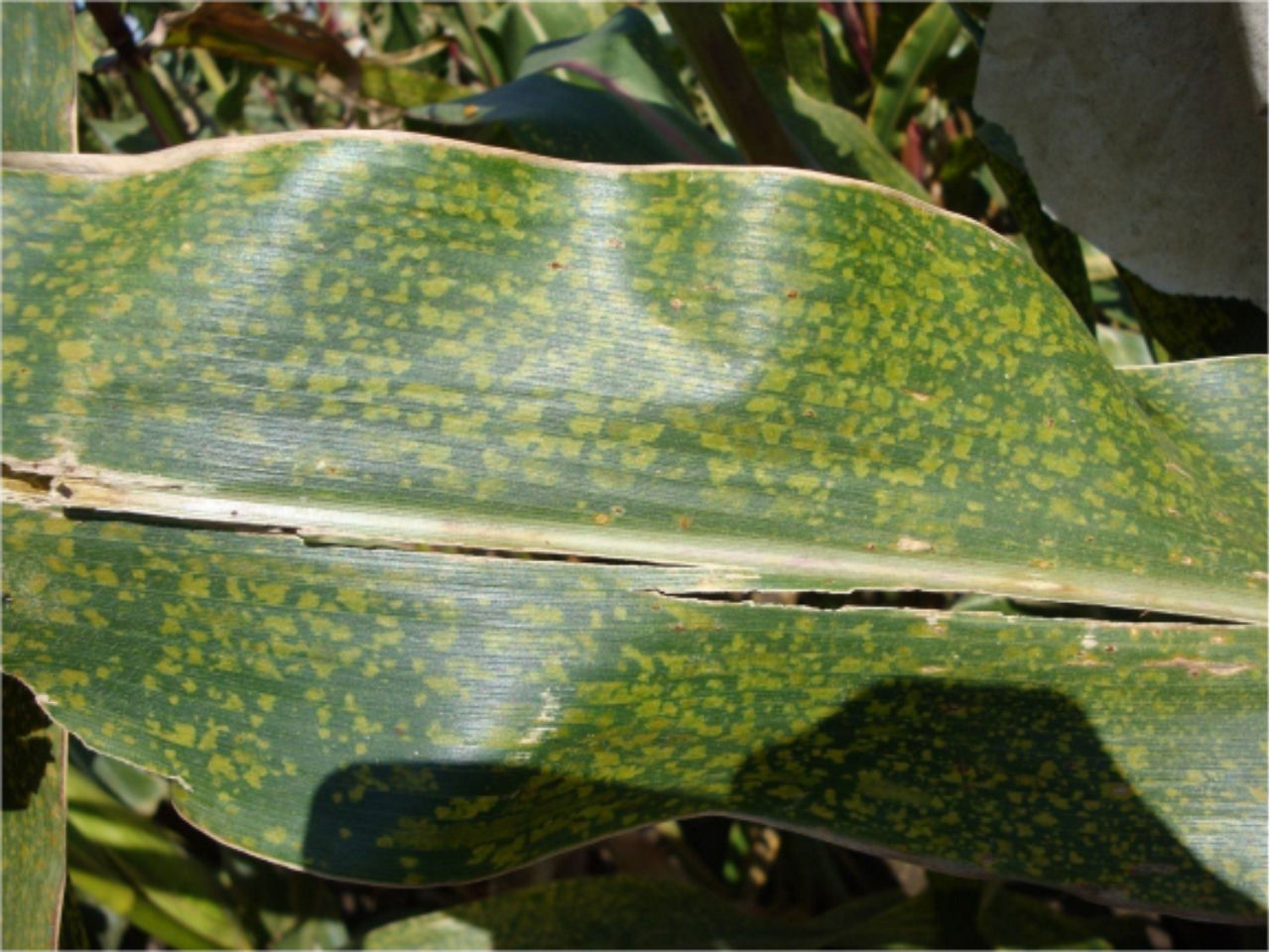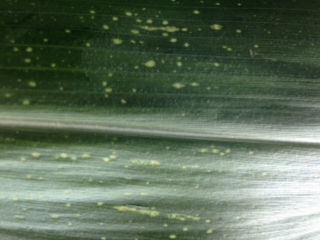3 MIN READ
Disease Lesion Mimic Identified in Corn
June 24, 2021
- Disease lesion mimic (DLM) lesions imitate symptoms of various diseases but cannot be controlled by fungicides.
- Disease lesion mimic spots, stripes, or lesions between corn leaf veins have been identified in fields across the Corn Belt.
- Lesions may appear as early as three to four weeks after planting or as late as flowering and may spread over entire plants.
- Disease lesion mimic symptoms may occur more frequently in saturated fields and are often more uniform across fields than symptoms caused by corn pathogens.
Disease Lesion Mimic Identification
Symptoms of DLM vary from tiny spots to lesions along the entire leaf (Figure 1). Lesions vary in color from chlorotic, to dark brown to translucent. Most lesions are on the leaves; however, some mutants form lesions on the leaf sheath and stalk. Lesions can occur without impacting quality or grain yield potential or can spread rapidly, contribute to lodging, plant death, and potentially impact yield. Lesions that appear as tiny spots near the tip of the first corn leaf, about three to four weeks after planting, may enlarge in size and merge with new lesions down the leaf blade, covering the entire leaf in four to five days.1 Lesions may move from leaf to leaf, up the plant, until the entire plant is covered.

Disease Lesion Mimic Causes
Corn, and other plants, may contain genes that lead to cells infected with certain pathogens to die. These hypersensitive responses deprive the pathogen of nourishment and inhibit the spread of the disease.2 Occasionally, plants exhibit these symptoms without a pathogen being present. Disease lesion mimics are a class of mutants (Les/les genes) that can result in lesion development without the presence of a disease. Les/les refers to recessive and dominant genetic mutants. Scientists have identified more than 50 lesion mimic (les) mutations in corn and speculate that there may be many more.1 In addition to mimicking plant response to a pathogen, Les/les may also interfere with other cellular processes, resulting in cell death.2 These mutant genes have been identified across a wide variety of corn brands. While scientists are searching for definitive causes of Les/les induced lesions, some contend that environmental stresses can be a trigger. Disease lesion mimic lesions (Figures 2 and 3) may be more prevalent in saturated fields exposed to bright sunlight and high temperatures. Farmers have observed an increased level of lesion development in irrigated fields and in corn following corn.


Disease Lesion Mimic Management
Because DLM lesions look much like other disease symptoms, such as gray leaf spot, eyespot, or viruses, farmers should send samples of affected leaves to a plant pathology lab for an accurate diagnosis of symptoms.3 Accurate identification could prevent unnecessary and ineffective fungicide applications.
Farmers who find suspected DLM lesions should contact their seed suppliers and University Extension specialists. Continued research is necessary to definitively identify causes and potential remedies for DLM.
Sources
1 Johal, G.S. 2007. Disease lesion mimics mutants of maize. The American Phytopathological Society (APS). St. Paul, MN. https://www.apsnet.org/edcenter/apsnetfeatures/Pages/MutantsofMaize.aspx
2 Moeder, W. and Yoshioka, K. 2008. Lesion mimic mutants. Plant Signaling & Behavior. National Center for Biotechnology Information. Bethesda, MD. https://www.ncbi.nlm.nih.gov/pmc/articles/PMC2634370/
3 Robertson, A., Jesse, L., Iriarte, F., and Hodgson, E. 2010. Common weird and unusual spots showing up in corn. Integrated Crop Management. Iowa State University. https://crops.extension.iastate.edu/cropnews/2010/08/common-weird-and-unusual-spots-showing-corn.
Web sites verified 6/17/21. 5006_S9